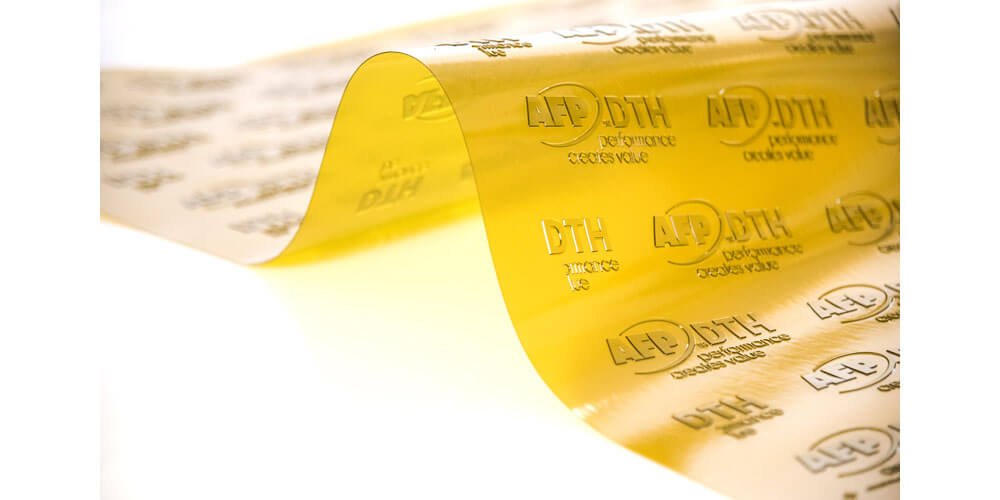Flexographic printing plates can be referred to as flexible photopolymer plates. They are used in flexographic printing to transfer ink and images to a specific substrate. Like the name of the technique suggests, the print substrates are also flexible. The most common types of substrates used in the method are paper and film. Flexographic printing plates are an essential element of this printing process. They affect the quality of the printed image and the overall durability of the product. This means that you need to pay keen attention when choosing flexo printing plates to purchase.
How to choose the best flexographic printing plates
When choosing a flexographic printing plate, you ought to consider the following factors;
1. Quality requirements
One of the main determinants of print quality produced through flexo printing is the plates’ quality. Originally, flexographic printing plates were manufactured using rubber. Rubber was an efficient material until users started pointing out its downsides. This led to the introduction of photopolymer materials. These materials usually come in the form of sheets. Note that this is the main difference between flexo printing plates and fixed metallic printing plates.
Fixed metallic printing plates are used in offset printing. The introduction of photopolymer materials added to the flexibility of the plates. This is why the plates can be wrapped around the cylindrical plate rollers during the printing process. Therefore, when buying flexo plates, you need to consider the material and flexibility as part of quality requirements.
2. Run-length
When choosing flexo plates, you may want to consider a run-length of approximately 2500 running meters. If you are looking to produce shorter runs, then flexo printing may not be the best choice for you. The method is typically cost-efficient when used for longer runs than vice versa. Note that the run length affects the rate of production.
3. Type of substrate you want to use
The flexo printing plate’s surface is the only area that directly contacts the substrate once the ink is applied. This means that the type of substrate is an essential factor to consider when choosing the best plate. However, since flexo printing employs a wide range of substrate materials, the best flexo plates can be applied for all types.
4. Environmental impact
Flexographic printing can support sustainability if the best choice is made. Several brands are embarking on this route by enhancing supply chain sustainability and consistency of reproduction. Thermal flexo printing plates are exceptionally environmentally friendly. Therefore, if you are looking for sustainability, they would be the best choice.
5. Overall efficiency
In addition to the factors above, the overall efficiency of the product is worth looking into. For instance, consider the installation and quality of the materials used to manufacture the product. Also, consider the company behind the product and what customer reviews have to say.
Final word
The flexographic printing market is currently worth billions of dollars. This is because there are a lot of brands and companies dealing with the product. Therefore, you need to take your time when purchasing if you are looking to make the best choice.

